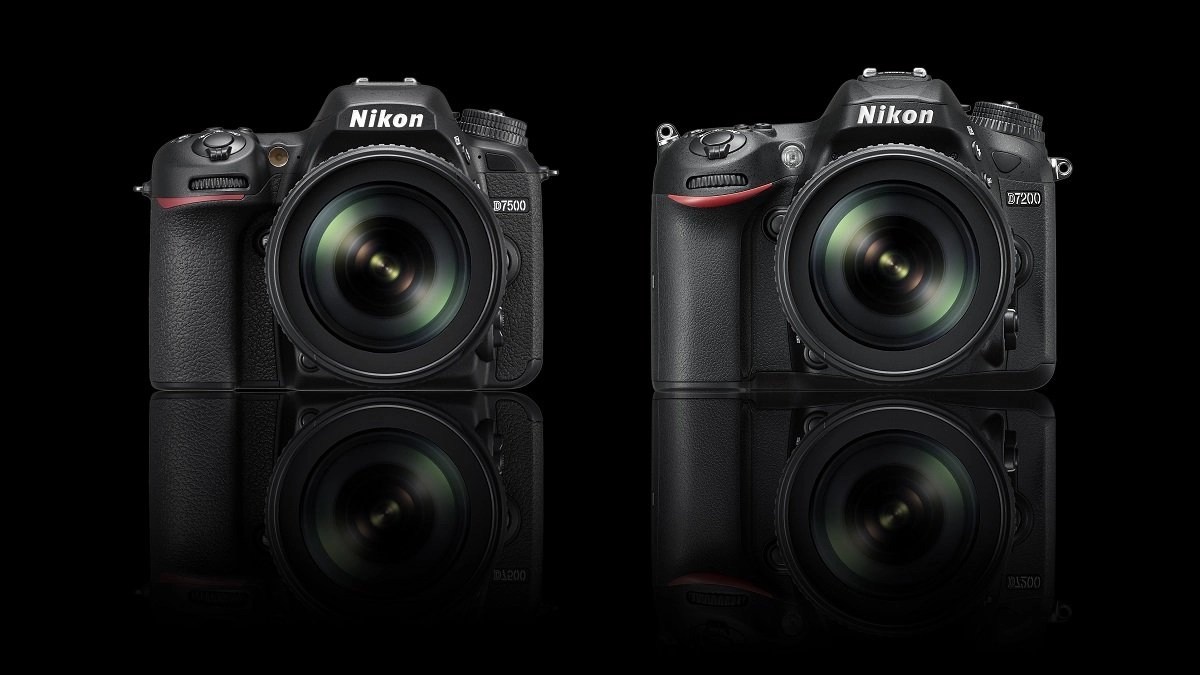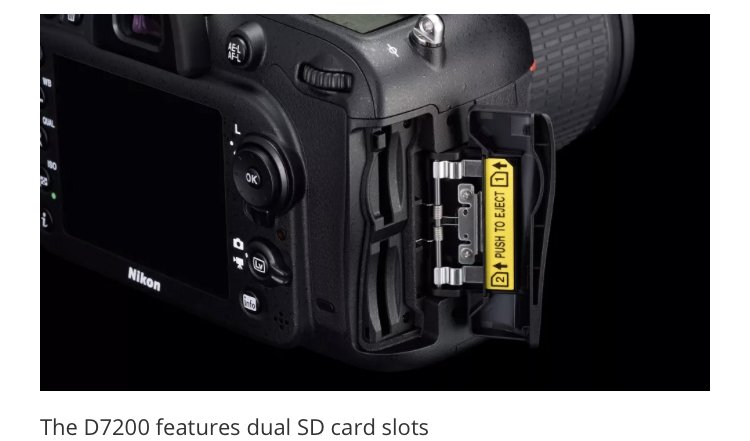Nikon D7500 Vs Nikon D7200: Everything You Need To Know
In this guide, we will be comparing Nikon D7500 vs D7200 and also analyze what advantages the newer camera offers. Click to read more.
Author:Daniel BarrettMay 30, 20221K Shares538.1K Views

Now that Nikon has arrived, things have become more complex for the photographer looking to upgrade to a more advanced DSLR. Do you opt for Nikon’s latest enthusiast-focused DSLR, or save your pennies and get the slightly older (but still very capable) D7200?. In this guide, we will compare Nikon D7500 vs. D7200 and analyze what advantages the newer camera offers.
Nikon’s D7XXX series serves as their “prosumer” line of Nikon APS-C cameras, planned for use by aficionados as a step up from the smaller D5XXX series, yet not as advanced or as pricey as the D500 or their full-frame DSLR offerings. The camera series features dual control dials (for adjusting aperture and shutter speed) and has more advanced features than any of the company’s consumer models.
Nikon D7500 vs. D7200: Sensor
While the D7200 uses a 24MP APS-C DX-format sensor, the newer D7500 uses the same DX-format size chip and gets a resolution reduction down to 20.9MP. The D7200 has an ISO range of 100-25,600; the D7500 offers an extra stop at 51,200. That’s not all, as the extended range up to a staggering ISO equivalent of 1,640,000.
The ISO performance across the board is better than the D7200, while it’s also possible to shoot as low as ISO50, making the D7500 that bit more versatile if you want to get creative with long exposures or use fast prime lenses in bright light.
Don’t Miss:Canon vs Nikon: Which DSLR to Buy in 2021
Nikon D7500 vs D7200: Autofocus
Both feature an excellent 51-point AF system, with 15 central point cross-type variants for even great accuracy. The D7500 offers a few more tricks, though, with the addition of a Group-Area AF mode found on the D500 and a higher resolution metering sensor over the D7200 for improved tracking capabilities. The 180,000-pixel RGB sensor on the D7500 is much more sophisticated than the 2,016-pixel chip on the D7200.
Additionally, The D7500 has the Auto AF fine-tune system we’ve seen on the D500 that enables users to calibrate autofocus with specific lenses in Live View automatically.
Image Quality
Nikon has been authorized to go without an Optical Low-Pass Filter in both cameras, which has been used traditionally to soften the image slightly and reduce the incidence of moiré. The goal is to produce sharper images, especially when the camera is used at its lower ISO settings. As ISO is increased, this sharpness is hampered by increased noise, so generally, this advantage is only present when you use an ISO speed less than ISO 1,600.
Both cameras offer excellent images with options for fine-tuning sharpening, clarity, contrast, saturation, brightness and hue, with the D7500 adding an Auto Picture Control option. Neither the D7200 nor the D7500 offer a fully uncompressed RAW mode. Its image files are slightly smaller because the D7500 has slightly fewer megapixels than the D7200.
Nikon D7500 vs D7200: Connectivity
The D7500 sports Nikon’s SnapBridge technology, allowing the camera to stay permanently connected to a smart device over a low-power Bluetooth connection (or Wi-Fi). This means that after the initial connection has been made images can be transferred automatically to your phone whenever you shoot. The D7200 supports Wi-Fi and NFC connectivity, and it’s still possible to transfer pictures out in the field, but not quite as streamlined as the D7500.
- The Best Bridge Cameras In 2021
- Best Beginner DSLR Cameras 2021
- 12 Best Cheap Full Frame Cameras In 2021
Nikon D7500 vs D7200: Video
The D7200 can shoot Full HD footage at up to 60fps, but the D7500 can shoot 4K footage at 30fps and for up to 30 minutes. As well as shooting in 4K, the D7500 can shoot Full HD footage at 60fps, while 4K UHD timelapse movies can be created in-camera, and there’s electronic Vibration Reduction to reduce the impact of camera shake when shooting movies hand-held.
Both feature a headphone and microphone jack for pro-level audio recording and monitoring, while the D7500 still offers simultaneous 4K UHD output to a card and is uncompressed via HDMI. The D7200 features dual SD card slots. The D7200 sports dual SD card slots, letting you set the camera up to record different media or file formats to each card, or the second slot can be used as an overflow for the first card. In comparison, the D7500 supports only single card slots.
Nikon D7500 vs D7200: Verdict
If you wish to upgrade from a D3xxx camera like the D3400 or D5xxx camera like the D5600, we believe the D7500 is the way to go. The improved performance and noise handling over the D7200 and the tilt-angle screen can’t be compared. Again, D7000 and D7100 users will also be better served by the D7500.
Editor’s picks:
- Canon vs Nikon: Which DSLR to Buy in 2021
- Best Beginner DSLR Cameras 2021
- The Best Nikon Camera In 2021
Image Credit: Techradar

Daniel Barrett
Author
Daniel Barrett is a tech writer focusing on IoT, gadgets, software, and cryptocurrencies. With a keen interest in emerging technologies, Daniel offers expert analysis and commentary on industry trends. Follow him for authoritative insights into the latest tech innovations.
Latest Articles
Popular Articles
